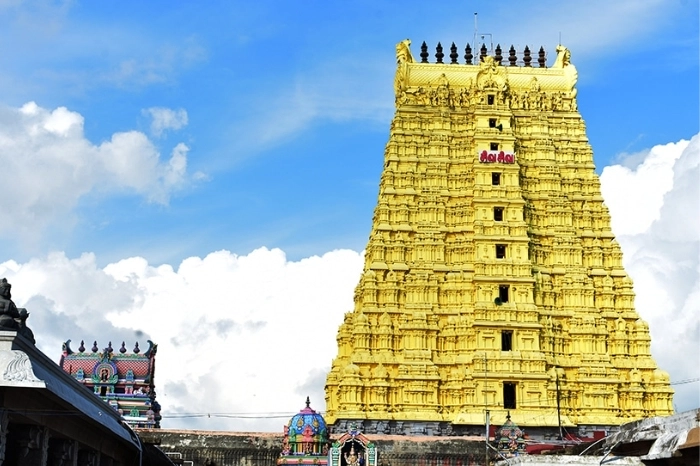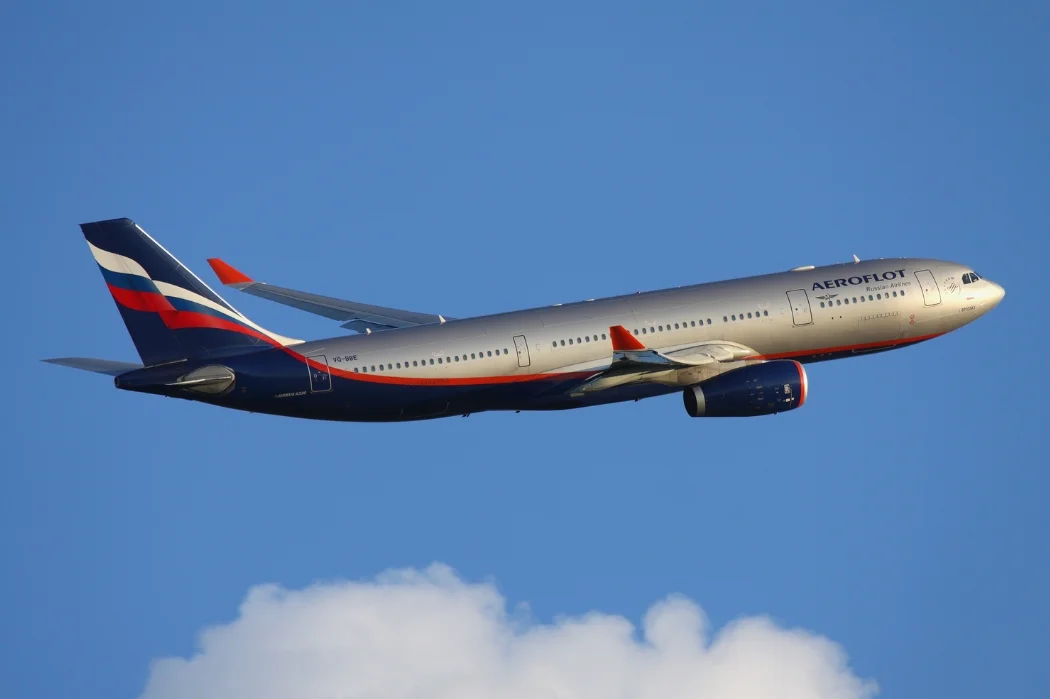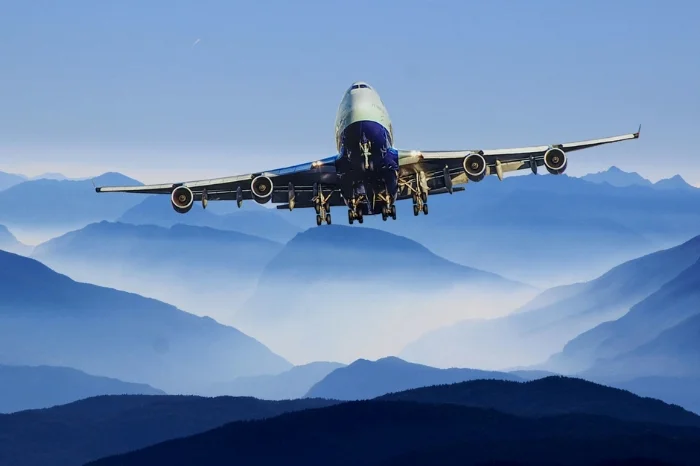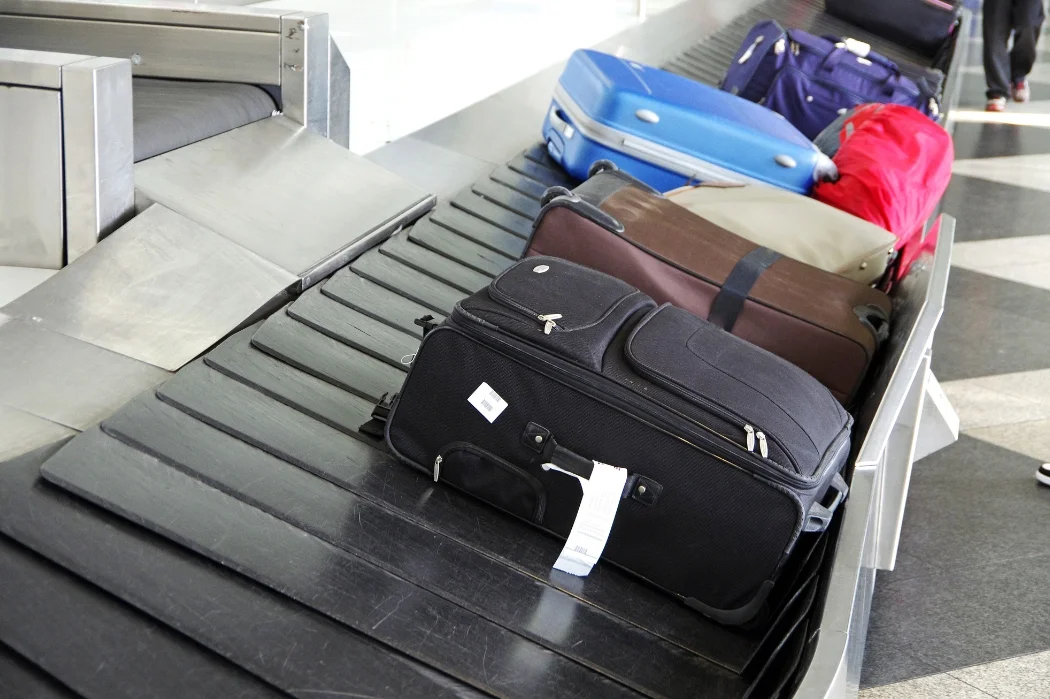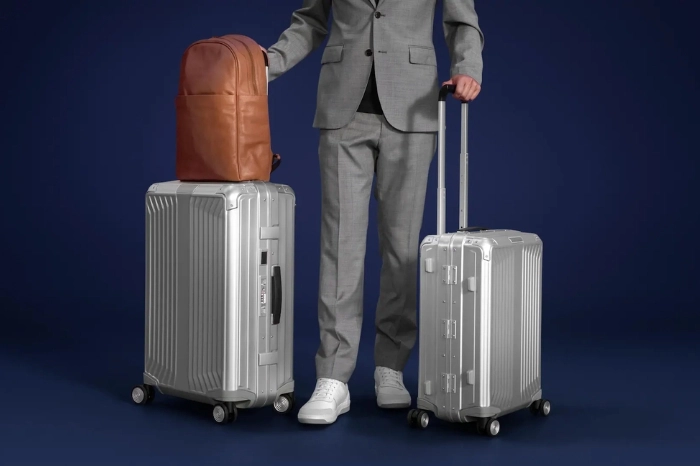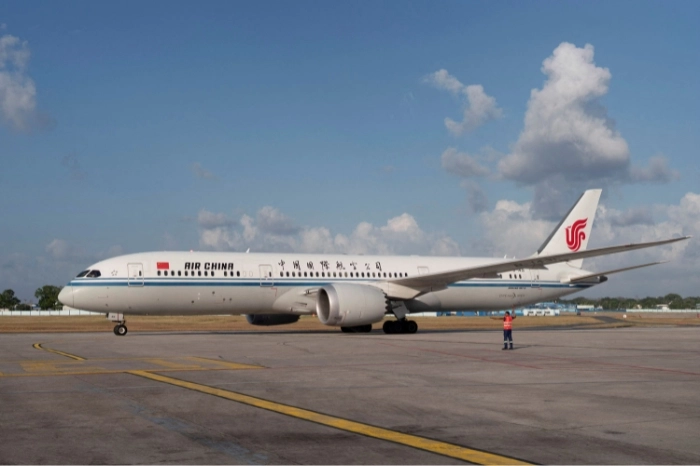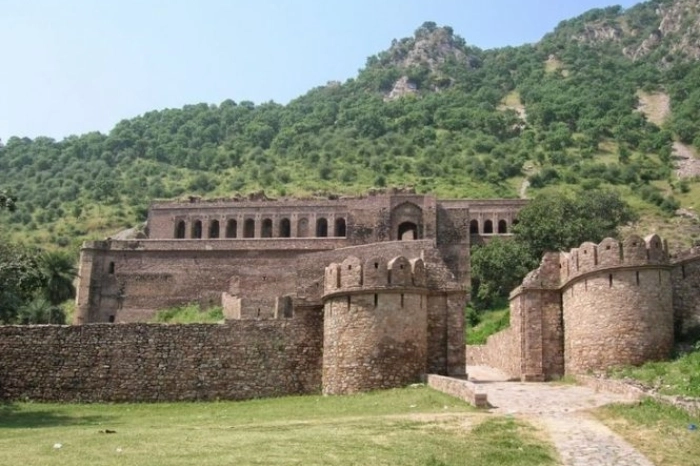- 21 Feb, 2025
Delhi Metro Rail Corporation(DMRC): Route, Fares, and Contact Information
India’s most extensive, busiest, and second-oldest metro rail system, the Delhi Metro, serves the capital of this nation, Delhi, and the adjoining satellite cities, such as Noida, Ghaziabad, Gurugram, and many other parts of the NCR (National Capital Region). The DMRC (Delhi Metro Rail Corporation) owns this rapid transit system and started operating on December 24, 2002. It manages a daily ridership of over 4.5 million, with an annual ridership of over 2 billion. This metro makes more than 4,300 trips daily and handles over 300 trains.
The entire Delhi Metro network system was developed in phases, including (i) Phase I (Completed by 2006), (ii) Phase II (Completed by 2011), (iii) Phase III (Completed by 2021), and (iv) Phase IV (Construction started on December 30, 2019). It has interchanges with the Rapid Metro Gurgaon and Noida Metro. In January 2025, the interchange line with the Delhi-Meerut RRTS also commenced, making it India’s fastest urban regional transit system.
Read ahead to uncover all the indispensable components of the Delhi Metro system, such as route network, services offered, contact information, and more, so that you can ensure seamless travel. Let’s begin with understanding its rail network:
Scrutinize the Delhi Metro Rail Network
The Delhi Metro system consists of 12 color-coded lines, covering a sprawling length of around 400 km and serving a total of 289 stations (including NOIDA-Greater NOIDA Aqua Line and Rapid Metro Gurugram).
-
The Red Line (Line 1), Delhi’s oldest metro line, opened in December 2002. It runs from Rithala in the north to Shaheed Sthal in the South, serving 29 stations. This line interchanges with many other metro lines, such as the Yellow Line, Pink Line, and Green Line. Old Delhi, New Delhi Railway Station, Kashmere Gate, and Connaught Place are some major destinations where it provides connectivity.
-
Yellow Line (Line 2) is one of the most extensively used and busiest metro lines of DMRC, connecting Samaypur Badli in North Delhi to Millenium City Centre in Gurugram. Traversing through central Delhi, this line provides connectivity to multiple landmarks, such as Chandni Chowk, New Delhi, and Rajiv Chowk. It manages 37 stations and more than 50 trains daily.
-
The Blue Line (Line 3 and Line 4) is DMRC's longest line, running from Dwarka Sector 21 in the west to Noida Electronic City in the east. It comprises a mainline of 50 stations and a branch line of 8 stations, extending from Yamuna Bank to Vaishali. Covering an area of 56 km, this metro line is considered one of the most significant routes due to its extensive reach and connectivity.
-
Green Line (Line 5) serves 24 stations, running between Inderlok and Brigadier Hoshiyar Singh, with a branch line connecting Ashok Park Main station to Kirti Nagar station. Some of the major stations it connects to include the Mundka Industrial Area, Tikri Border, and Ghevra. This metro line enhances connectivity between Delhi and Haryana as it serves both residential and industrial areas.
-
Violet Line (Line 6): This rapid transit line connects the Kashmere Gate station (New Delhi) to Raja Nahar Singh (Ballabhgarh), passing through Faridabad. It serves a total of 34 stations and interchanges with the Blue Line at Mandi House, the Pink Line at Lajpat Nagar, the Yellow Line at Kashmere Gate and Central Secretariat, and other metro lines.
-
The Pink Line (Line 7), spanning approximately 59 km, runs from Majlis Park in the north to Shiv Vihar in the east. It is often referred to as the "Ring Road Line,” as it forms a semi-circular route around the city. It provides connectivity to multiple significant areas, such as Delhi University’s North and South campuses. It is the longest Delhi metro line, serving 38 stations.
-
Magenta Line (Line 8) features India’s first driverless metro line, connecting Janakpuri West to the Botanical Garden. It is also renowned as the “Corridor of Knowledge” because it provides connectivity to multiple universities. It is around 40 km long and consists of 26 stations. Some of its notable stations include Hauz Khas, Shankar Vihar, and Janakpuri West.
-
Grey Line (Line 9) is the shortest line on the DMRC network, being 5.19 km long, and comprises only four stations. It connects Dwarka to Najafgarh and extends to Dhansa Bus Stand. It has an interchange at Dwarka station to the Blue Line. Moreover, the Dhansa Bus Stand features artwork showcasing the area’s biodiversity.
-
Orange Line (Airport Express Line) offers a high-speed metro line running from the Indira Gandhi International Airport (IGI) to New Delhi. It provides the fastest train compared to any other line in the DMRC, with a top speed of 130 km/h. It connects Dwarka Sector 21 to the New Delhi Railway Station and serves as a crucial component in providing connection to the various parts of the city and the airport.
-
Rapid Metro RMGL is an elevated metro system and a modern transit system that provides connectivity to Gurugram's residential, industrial, and commercial areas. It connects to the Delhi metro and comprises 11 stations, including Sikanderpur, Cybercity, Phase II, and Belvedere Towers.
Facilities Offered by the Delhi Metro
Delhi Metro aims to provide convenient, comfortable, and secure metro travel to its passengers in every way possible. This is why they offer a wide variety of facilities not only onboard but also at their stations to ensure customers can easily commute across the stations and to their desired destinations. Below are the services that DMRC offers to enhance the tourists' travel experience. Please visit their official website for detailed information about their service and to seek further assistance. Let’s begin with the amenities one by one:
-
Medical Accessibility: DMRC understands that passengers of all kinds use their rapid transit system to commute to different destinations, including older individuals, pregnant women, and other particular health-conditioned people. This is why they provide wheelchair assistance, tactile paths, audio-visual indicators, ambulance services, and other medical assistance services, ensuring seamless conveyance of such passengers.
-
Dedicated Spaces: Many metro stations offer dedicated areas and rooms for passengers so that they can efficiently manage their travel. Its stations feature parking lots for secure vehicle parking, male and female washrooms, paid cloakrooms, and many other services for catering to its customers appropriately.
-
Seamless Commuting: The DMRC stations are equipped with a wide variety of facilities to ensure passengers can reach the desired platform and destination without any hassle. Some of their services include elevators, escalators, ticket vending machines, extra-wide automatic gates, paid porter services, and the list goes on.
-
Flight Check-in: Some metro stations feature amenities that provide and facilitate international flight check-in services. Passengers can effortlessly check in their luggage at the respective metro station, saving them time and energy to carry the bags through the airport. Please approach their helpdesk at the selected station to seek personal assistance regarding accessing such facilities.
Delhi Metro Contact Information
DMRC offers a diverse variety of contact mediums through which its customers can communicate their questions, grievances, and requests to the concerned support team and get the appropriate assistance. The pointers below discuss the varied contact modes to get through to the concerned metro representatives. Please go through each method individually and choose the one that suits and serves you the best:
-
Customers can communicate their complaints, compliments, suggestions, and queries to the concerned metro system administrators and get the required assistance through a phone call. Here are the varied contact numbers based on the consumer’s questions and grievances:
-
24 x 7 Helpline - 155370
-
Missing Cases and Abled Commuters Helpline - 011-23415480, 8800550490
-
Delhi Police Unit Delhi Metro - 1511
-
Senior Citizen Helpline - 1091, 1291
-
Women Helpline - 1091
-
-
In addition to making a phone call, you can also reach out to the DMRC support team via email. You can write your issues, questions, and requests to their representatives through email, and they will respond to you within a few hours. Below are some of the most crucial DMRC support email addresses:
-
24 x 7 Helpline - [email protected]
-
CISF unit DMRC 24 x 7 Helpline - [email protected]
-
Delhi Police unit Delhi Metro - [email protected]
-
Senior Citizen Helpline - [email protected]
-
Women Helpline - [email protected]
-
How much does a Delhi Metro ticket cost?
The DMRC ticket cost varies from passenger to passenger based on varied factors, such as travel distance, whether you are using a metro card, toucan, or any other ticket type, day of travel, conveyance duration, and many more. In general, the Delhi Metro standard fare charges are as follows:
-
0-2 km – Rs. 10
-
2-5 km – Rs. 20
-
5-12 km – Rs. 30
-
12-21 km – Rs. 40
-
21-32 km – Rs. 50
-
More than 32 km – Rs. 60
Please note that the ticket cost varies during Sundays and National Holidays. Furthermore, the provided fares are charged on a set standard travel duration, exceeding which you are required to pay higher charges.
Which is the best Delhi Metro line?
Seeing such a diverse variety of metro lines in the DMRC, travelers often wonder which one provides the most comfortable and convenient conveyance. According to the passengers’ reviews, the Airport Express Line (Orange Line) offers the most favorable travel with their clean cabins and fast transit time. Furthermore, it provides the fastest connection to the Indira Gandhi International Airport and a direct route from New Delhi station. Please note that the “Yellow Line” is considered the best metro line for regular use due to its extensive reach across Delhi and other significant tourist spots.
Contact us

